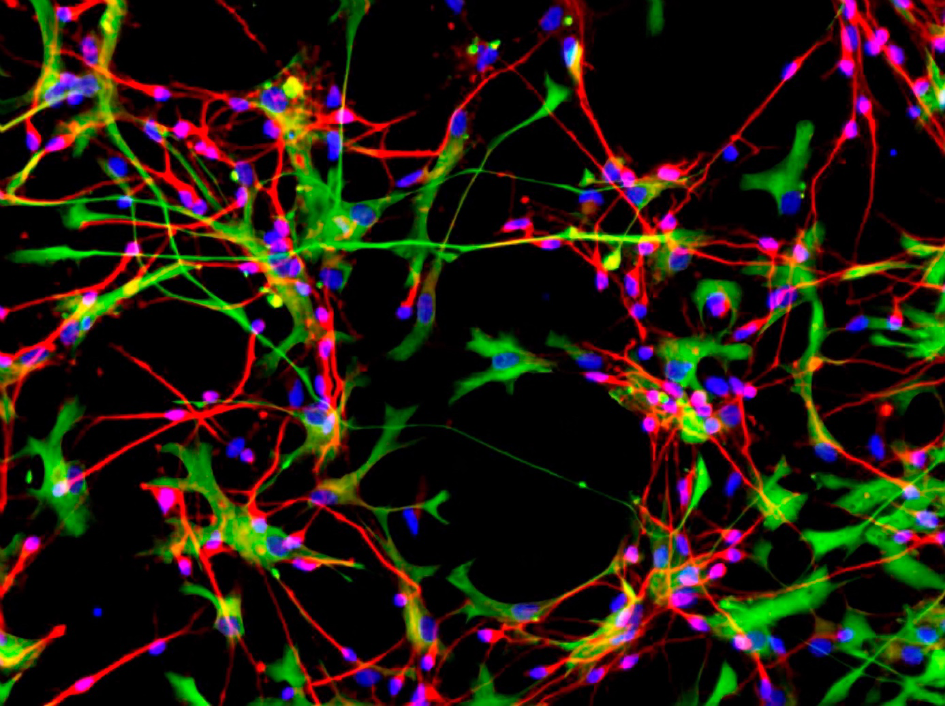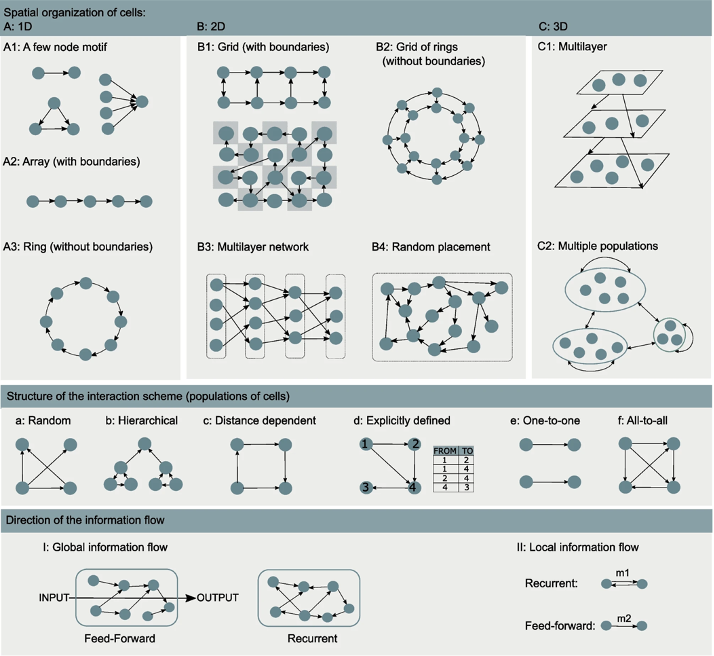- Paper Digest
HBP team proposes new categorisation scheme for neuron-astrocyte network models
20 September 2023
Human Brain Project researchers in Tampere University, Finland, made a comprehensive analysis of network models of neuron-astrocyte interactions and proposed how to systematically describe and categorise these interaction schemes. This is the first time such a detailed analysis on this type of computational models was conducted. Results were published in Neuroinformatics.

The team focused on network models of at least two neurons interacting with at least two astrocytes, limiting to those that include modelled calcium dynamics. They ended up assessing 32 neuron-astrocyte network models published up until the end of 2020. The researchers analysed the evolution of these models and the biophysical, biochemical, cellular and network mechanisms used to construct them.
Glial modelling on the rise
Astrocytes are a subtype of glial cells and estimated to be the most numerous types of glial cells in the brain. These star-shaped cells perform several complex functions in the brain.
The interest in glioscience has been increasing over the past three decades, which resulted in new knowledge about the astrocytes multiple contributions to the functions of brain circuits, first from cell cultures, later from brain slices. But while neurons have been studied intensively for many decades, and there are very good models of cellular level phenomena in neurons, neural networks and the whole-brain level glial activities are less known. And what is known comes mostly from the perspective of longer timescale phenomena.
“The big finding in recent years has been that glial cells actually actively take part in very short timescale processing in the brain”, says Marja-Leena Linne, HBP researcher at Tampere University and co-author of the paper. “This change in the conceptual thinking of what glial cells do has happened over the past ten years – basically during the HBP time.”
“When the HBP started, we couldn’t have imagined this kind of studies. Science has gone so far, so fast, in terms of understanding glial cells”, she says.
During this time, more and more in vivo morphological and physiological studies have been published, and the evidence that astrocytes, and glial cells in general, act on faster timescales and take part in several crucial brain functions started to accumulate. “This is putting pressure to start with the modelling. The HBP has also increased this impact. We have recently talked more about glial cells and shown some really important findings through modelling”, says Linne. By now, many teams have started taking interactions between astrocytes and neurons into account.
But, since glial modelling is not as established as neurons modelling, the team found in their overview that these interactions are being modelled in many different ways. "Because researchers did not use systemised ways to illustrate their network models and provide the model details, it made it very hard to dig out all the details of the models from the publications," Tiina Manninen, the first author of the publication, explains.

Based on their findings, they propose to start developing a theory on how to model neuron-astrocyte interactions – something similar to what the HBP has done in the past for the neuronal field.
The authors expect that the results from this study will allow an easier, faster and more productive development of theory to model glial cells in networks.
“In this paper, we propose how to incorporate in an understandable way, a biological way, the glial cell influences in networks. We hope that it serves to the development of fundamental theory for glial modelling in networks”, Linne explains.
The authors also discuss what types of experiments are needed in the future in terms of astrocytes morphology and physiology.
The findings of the publication are already in use in the HBP, to develop new neuron-glia interaction modules to modeling tools such as NEST simulator. The project is coordinated by the second author of the paper, Jugoslava Aćimović, in collaboration with researchers from Forschungszentrum Jülich (Germany).
Text by Helen Mendes
Reference:
Analysis of Network Models with Neuron-Astrocyte Interactions
Tiina Manninen, Jugoslava Aćimović & Marja-Leena Linne
Neuroinformatics volume 21, pages 375–406 (2023)
https://doi.org/10.1007/s12021-023-09622-w



